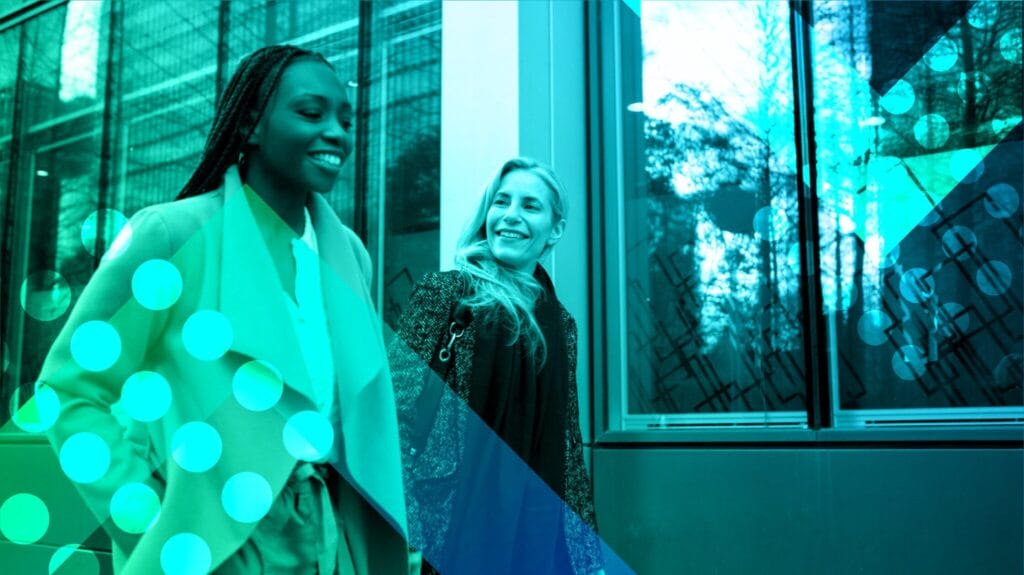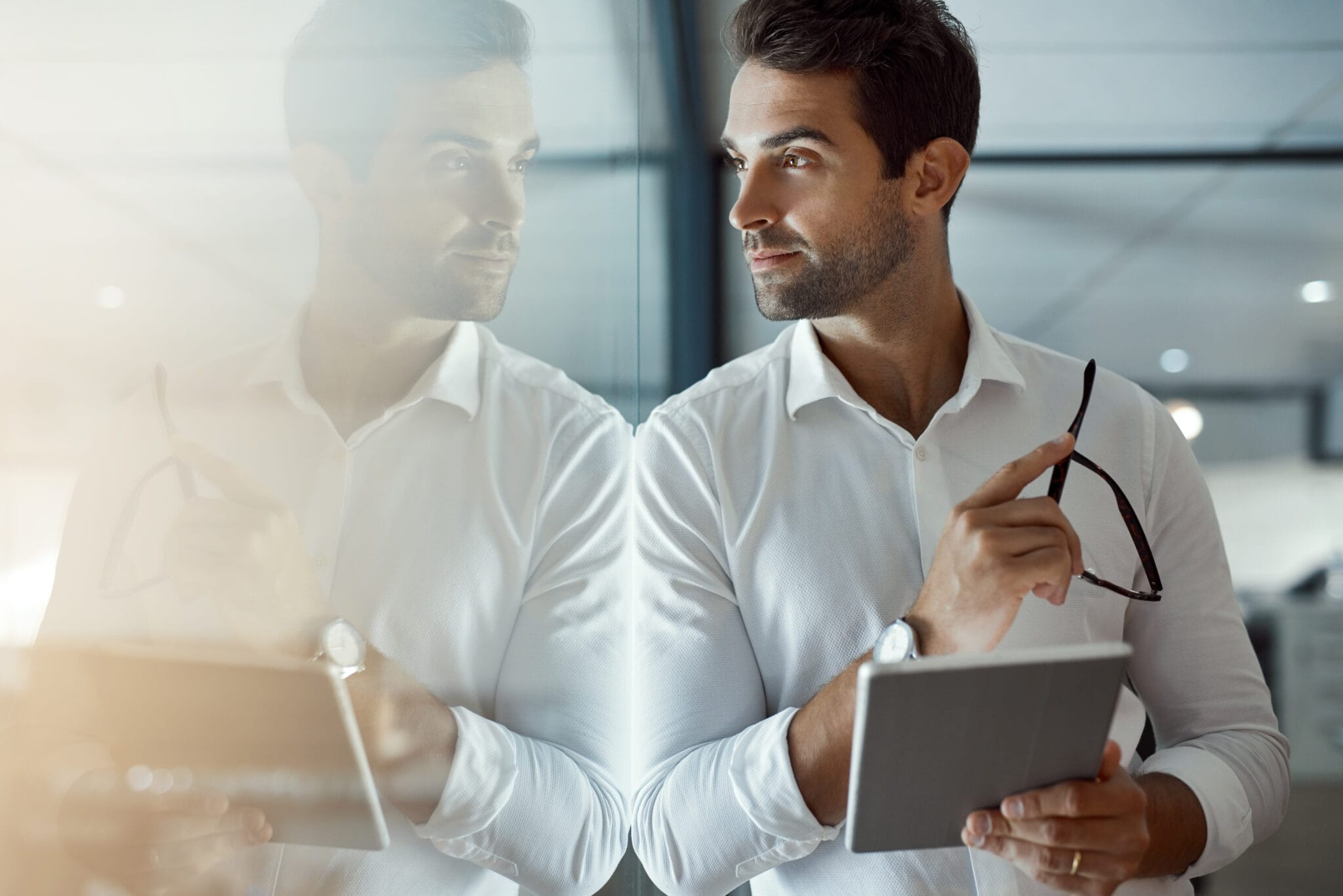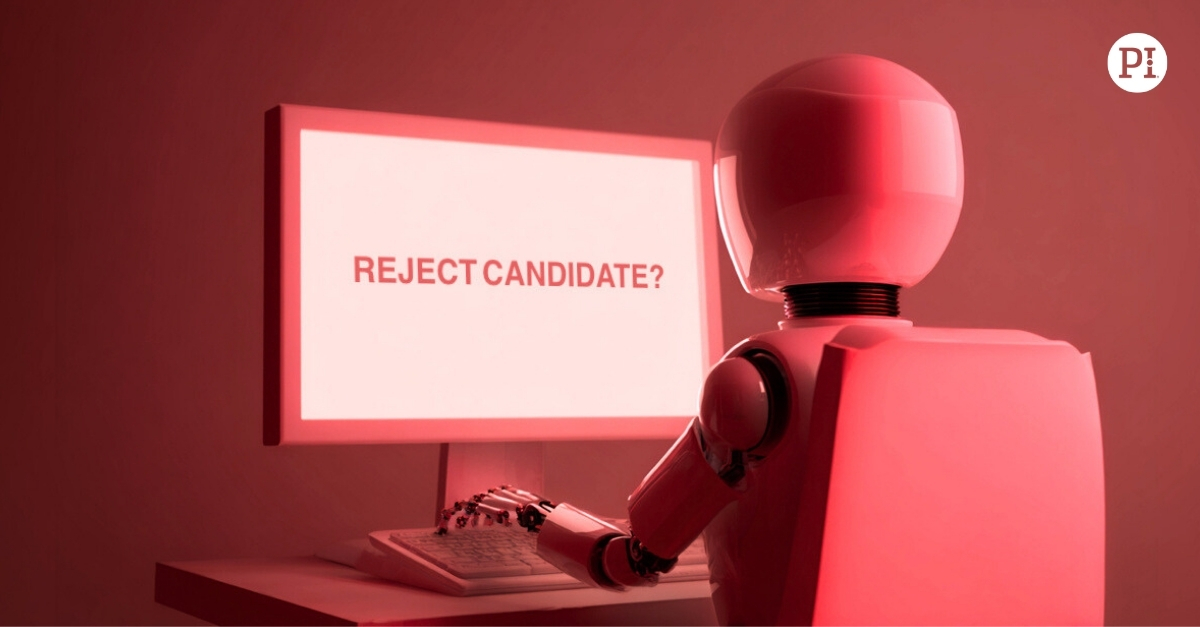We’re unpacking the forces driving HR and business action over the next half-decade. We’re putting these forces in historical context, while also providing HR leaders with actionable advice on how to assess their risk, prepare their teams, and better understand the ramifications of inaction.
Who holds the keys to a productive employer-employee relationship?
At the most successful, healthy businesses, it’s a shared investment.
The concept of stakeholder capitalism holds that in ideal circumstances, the employee (or candidate) can cash in their accrued capital for better compensation and better working conditions, whether here or elsewhere.
But stakeholder capitalism can benefit job creators, too. They can practice it by catering to a broader swath of the employee population, in the process appealing to more job seekers who share their values and commitment to a stated mission. Research suggests that doing so leads to better treatment of employees – to the extent that people might even accept lesser pay.
How can HR and business leaders reap those benefits? Let’s dive into a few of the ways.

Prepare for the future of work
Check out our latest ebook – the HR Field Guide to the Future – and assess your team’s readiness and risk for the forces driving business action.
Ensuring employee safety is organizational Job One.
For better or worse, safety is a recurring theme among modern jobseekers, one that resurfaces regularly in employee engagement data. We surveyed 200+ HR and business leaders for our HR Field Guide to the Future, and nearly all agree that safety must be a priority (97%) over the next few years.
While ensuring that safety is nearly impossible, employers can advance their own capital by taking simple steps to make people feel included, seen, and secure. That means using technology to enhance security for on-site and remote employees alike, but it also means fostering a culture of support and open communication, through outlets like employee resource groups.
Psychological safety isn’t easy to attain, but it’s a widely agreed-upon necessity for a harmonious workplace – and therefore a worthy goal for proactive organizations.

Embracing social responsibility will become a matter of competitive advantage.
What’s the role of business when it comes to social issues? There are no easy answers to that question, but the path of least resistance has always been clear, and generally the status quo. Take no sides, risk no business losses.
But what does that approach say to your employees?
Research suggests that finding purpose in one’s work, and working for a company whose organizational purpose includes social responsibility, are increasingly intertwined. It’s an opportunity companies can capitalize on without compromising their customer base or profit margin. And our survey data confirms that it’s of increasing importance to all stakeholders: 86% of respondents agree that embracing social responsibility can become an organizational advantage – one that even helps attract new talent.
Embracing social responsibility can be subtle. And the organizations that strike this balance will serve notice – both through their customer activity and talent acquisition.
HR prep steps 👉 Take advantage of that seat at the decision-making table. As an HR pro, you have the pulse of the people at your organization, and the ear of other business leaders. Use powerful people data to inform sound business decisions.
Employee engagement as a predictor of company performance
Employee engagement is always evolving, manifesting in new and unfamiliar ways as companies expand their workforce and offerings. We need new means of measuring engagement as it becomes more complex, and performance less immediately visible.
But whether you measure it through pulse surveys, interactive webinars, or a more scientific process, the point is that you maintain some gauge of your people’s pulse. Because the correlation between employee engagement and performance (and innovation, to boot) is proven, and unlikely to change even as working conditions do.
A whopping 95% of respondents agree that the employee engagement is correlated with productivity. The healthiest businesses not only recognize, but continually work to improve this relationship.
Tools like PI Diagnose help illuminate areas of disengagement, affording you valuable data to stimulate productivity and innovation.








